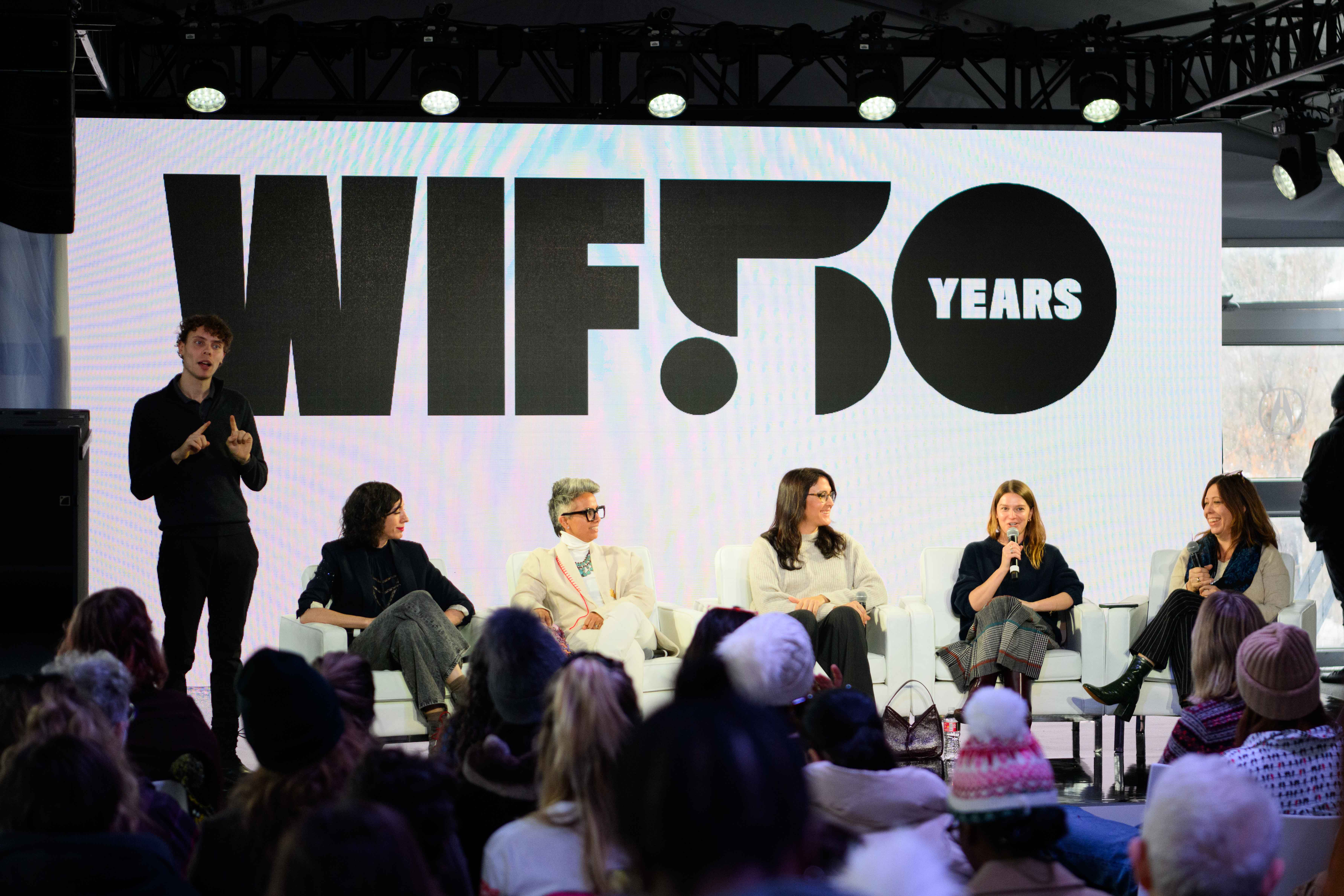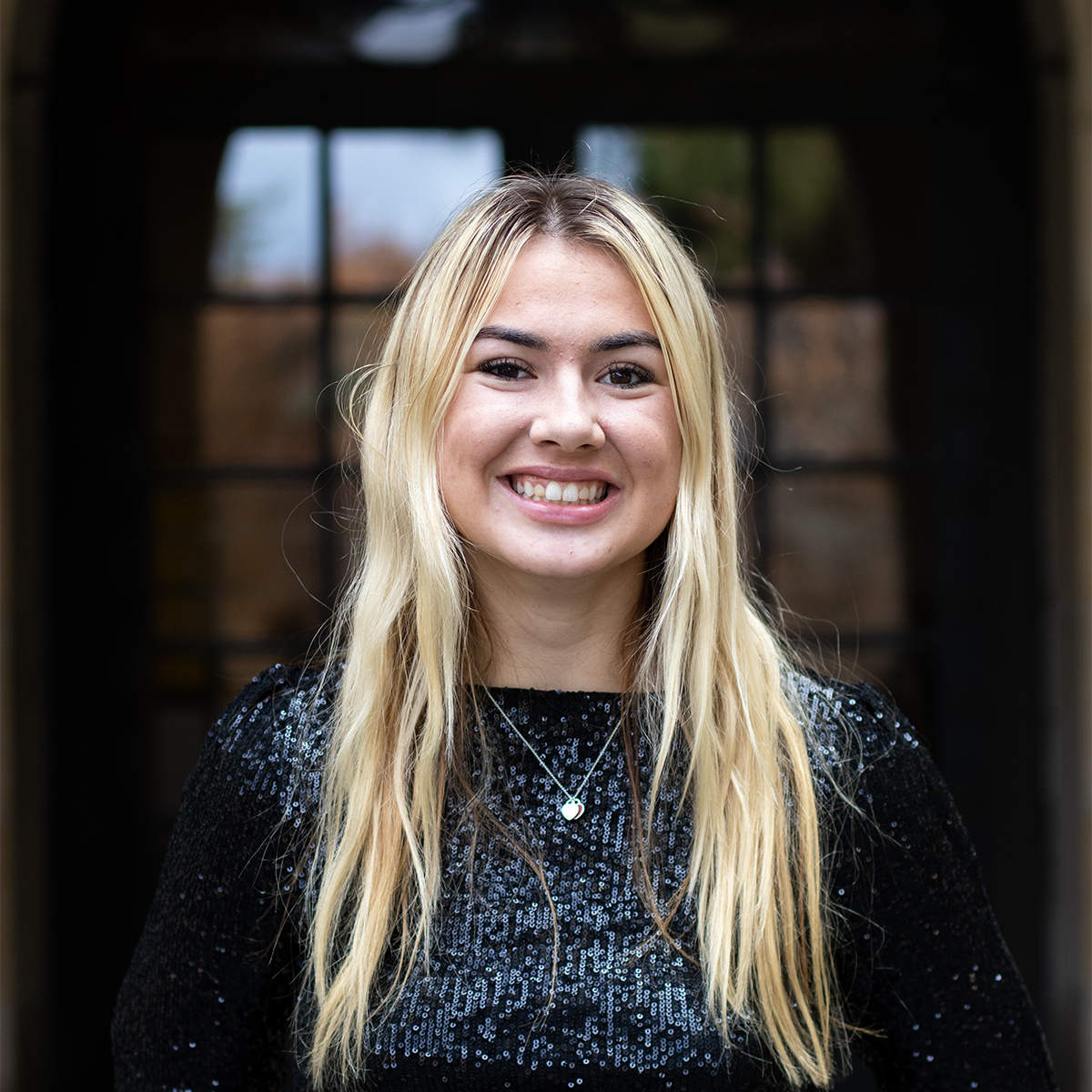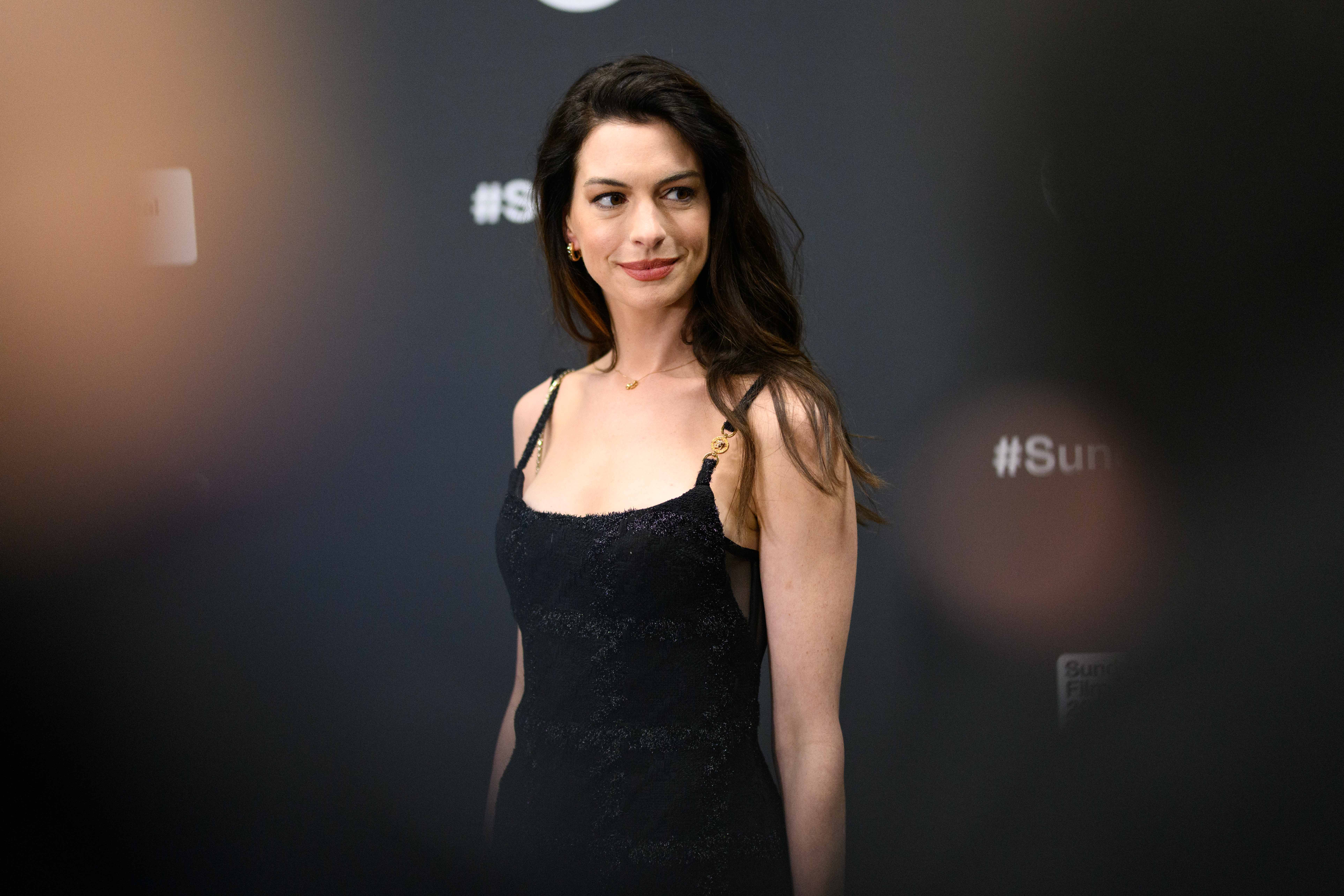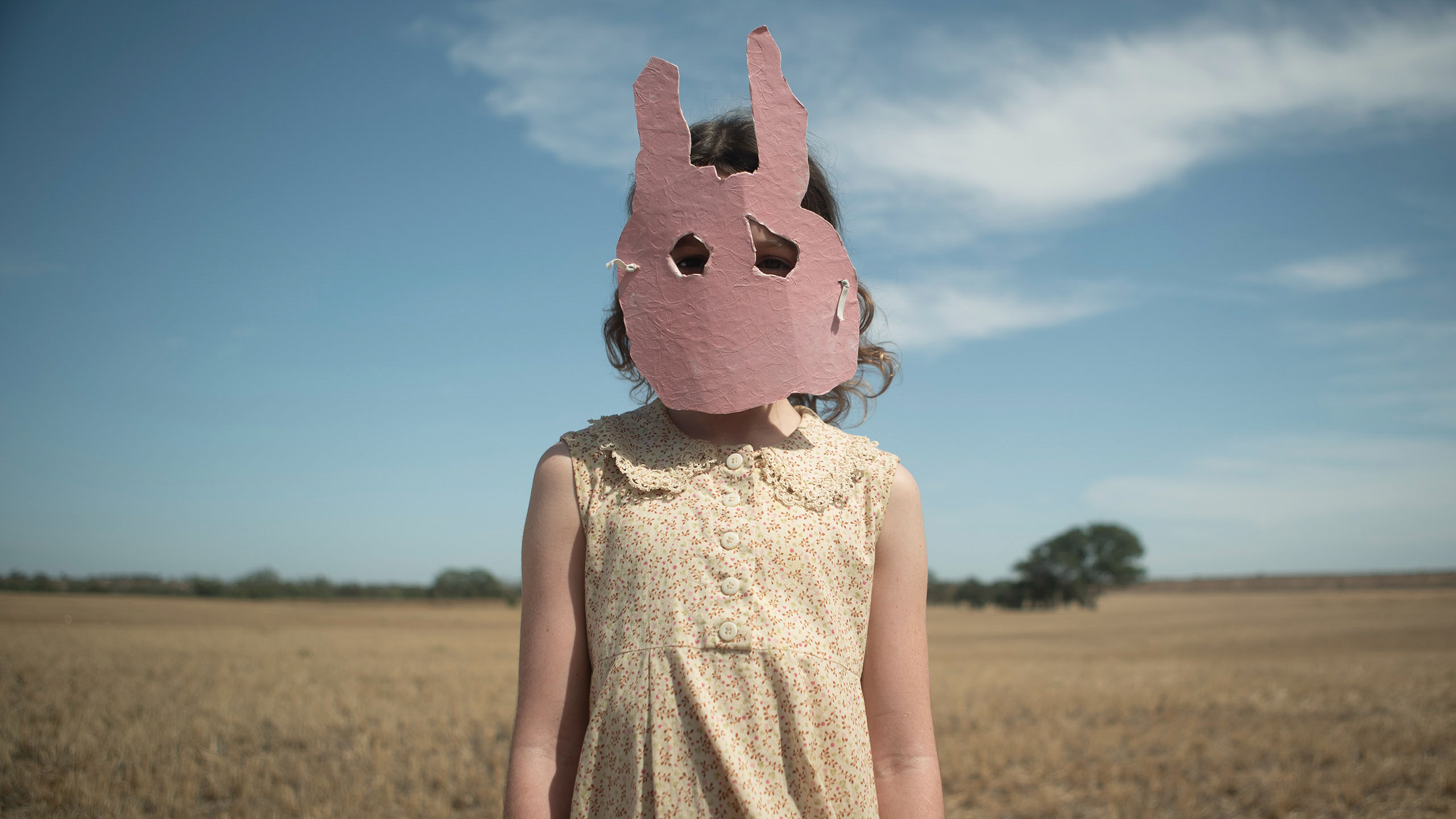Sundance 2024: Female filmmakers discuss importance of diversity, representation in panel

Female filmmakers sit in front of a sign that reads, “WIF 50 YEARS.” Acura and Women in Film presented a panel at this year’s Sundance Film Festival. (Julia Zhou/Assistant Photo editor)

By Graciana Paxton
Jan. 28, 2024 8:24 p.m.
Female filmmakers are taking revolutionary directing practices from Park City, Utah, to Hollywood.
At this year’s Sundance Film Festival, directors Lana Wilson, Fawzia Mirza, Sydney Freeland and Ally Pankiw participated in “Independent Women: How Indie Filmmakers are Bringing Transformative Approaches to Hollywood,” a panel hosted by Acura and Women in Film. The discussion, which also celebrated Women in Film’s 50th anniversary, centered on each filmmaker’s introduction to the industry, values on set and promotion of inclusivity in the indie film scene and beyond.
Citing the importance of a community-driven rather than competitive approach to selecting projects, Pankiw said she first evaluates opportunities by assessing whether or not her background and experiences can enhance the story at hand.
“It’s very important to me to always ask, ‘Why do I want to tell a story?’ and, ‘Why should I be?’” Pankiw said. “If you say no to the one that you shouldn’t be saying or telling, … and you leave that to be told by someone who can tell it more authentically, you will get a different and better-suited opportunity to yourself – it will come along. And so, I think trying not to have a scarcity mentality in this industry is really important and trying to instead create opportunities so that people can tell authentic stories for themselves.”
[Related: ‘Femcel Filmcast’ mixes film analysis and feminist theory]
Before directing, Wilson, best known for her 2020 documentary “Miss Americana,” worked as a dance and art curator. After ruminating on screenplays and potential projects of her own for several years, Wilson said the 2009 assassination of Dr. George Tiller, an abortion provider in Kansas, struck her as an essential story to tell, leading to her first documentary, “After Tiller.” The 2013 film explores the murder and its aftermath for women seeking late-term abortions in the United States.
“I met the doctors who are left, who were the only four doctors in the country doing late abortions,” Wilson said. “Their courage is so astounding that I just thought all of my small egotistical fears are kind of meaningless next to these doctors who are risking their lives every day to do this work. So that gave me the courage to make this film.”
Reflecting upon how female filmmakers in particular often possess nonlinear paths to the film industry, Pankiw – who debuted her first feature film “I Used to Be Funny” last year – said she intended to become a journalist but became drawn to filmmaking through documentary-style storytelling while pursuing her degree. After working in the film industry as an editor, production assistant and in other various roles, Pankiw said she used her past experiences as a dancer and choreographer to direct music videos before entering the television space, in which she has written episodes of “Schitt’s Creek” and directed episodes of “Black Mirror” and “The Great.”
Mirza, writer and director of “The Queen of My Dreams,” said their path was similarly nontraditional, working as a civil defense litigator for several years before becoming an actor, writer and director. Combining her familiarity with civil rights law and her passion for the arts, Mirza traveled the country with a comedy show focused on sexual violence prevention education before acting and writing in small-scale projects, she said. However, after feeling isolated and unfulfilled as an actor, Mirza was driven to directing, which they said has further empowered them in creating stories reflective of their own experiences growing up queer and Muslim.
“I didn’t start as a filmmaker,” Mirza said. “So I realized my mission is centering queer, Muslim, people of color, queer and trans people of color, people whose voices are not at the center. Because I’m at the center of my life, but I’m not at the center of anything I see out in the world that’s on the screen.”
Freeland, who previously debuted her films “Drunktown’s Finest” and “Deidra & Laney Rob A Train” at the festival, most recently worked as a director and executive producer on Marvel’s “Echo.” While Freeland said her initial path to the film industry was more formalized, having attended film school in San Francisco, this experience brought up feelings of imposter syndrome. With these experiences in mind, Freeland discussed the importance of featuring creatives from a diversity of backgrounds on set. As a trans woman from an indigenous background, Freeland said connecting with the Sundance Institute in her early 20s helped connect her with filmmakers of shared perspectives.
“I consider Sundance to be a home. I consider Sundance to be my film school,” Freeland said. “I think with the resources that they provide, especially for not only Indigenous filmmakers, but for just filmmakers that come from marginalized communities, they were so instrumental.”
[Related: ‘Riley’: A UCLA alumnus’ love letter to community and queer youth]
After feeling disillusioned and disappointed by the demographic breakdown of the film industry – particularly in terms of the limited nature of directing opportunities for queer women and women of color – Pankiw said she started a mentorship program in which she brings on a female or nonbinary filmmaker to every shoot she works on. In addition to giving young directors access to larger sets and bigger opportunities, Pankiw said this practice has given her companionship on set and someone to challenge her ideas.
Citing the importance of the indie space, Wilson said celebrating these kinds of films is essential – especially those made with low budgets and a lack of corporate support. When discussing the differences between short films and large-scale projects, Pankiw said established filmmakers need to frame big budget sets and the practice of directing as less daunting and more accessible to best encourage and instill confidence in the next generation of young female creatives.
“I get really sad when I think that all of my filmmaking references and inspirations as a teenage girl were these old white dudes,” Pankiw said. “I’m so mad that I didn’t get to watch films by people like us when I was a teenager in a formative time when my taste was being cemented. So to me, I would like to see more films from people that I could have loved. They could have been my favorite films my whole life, and I just never got to see them.”





